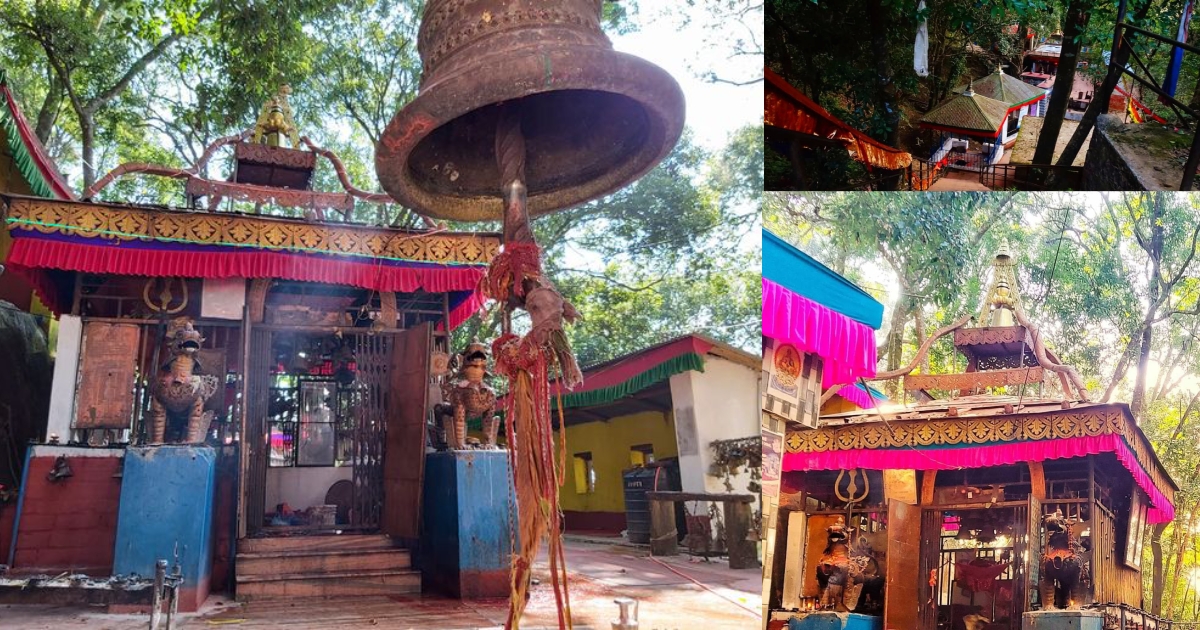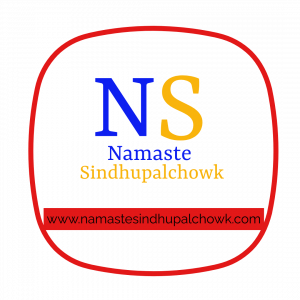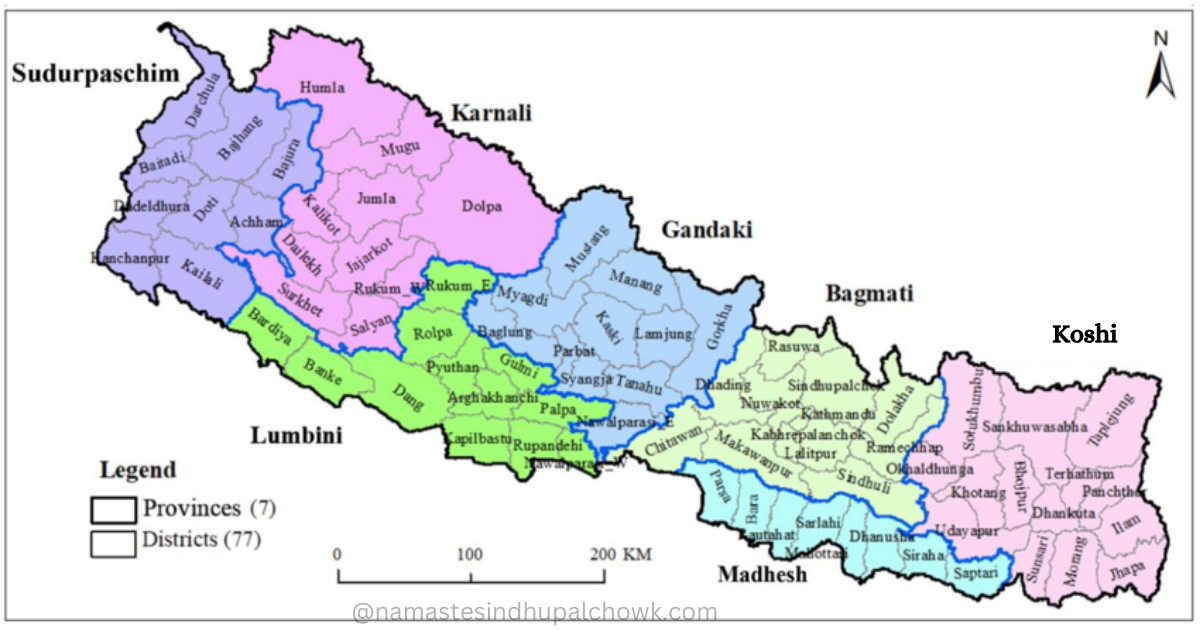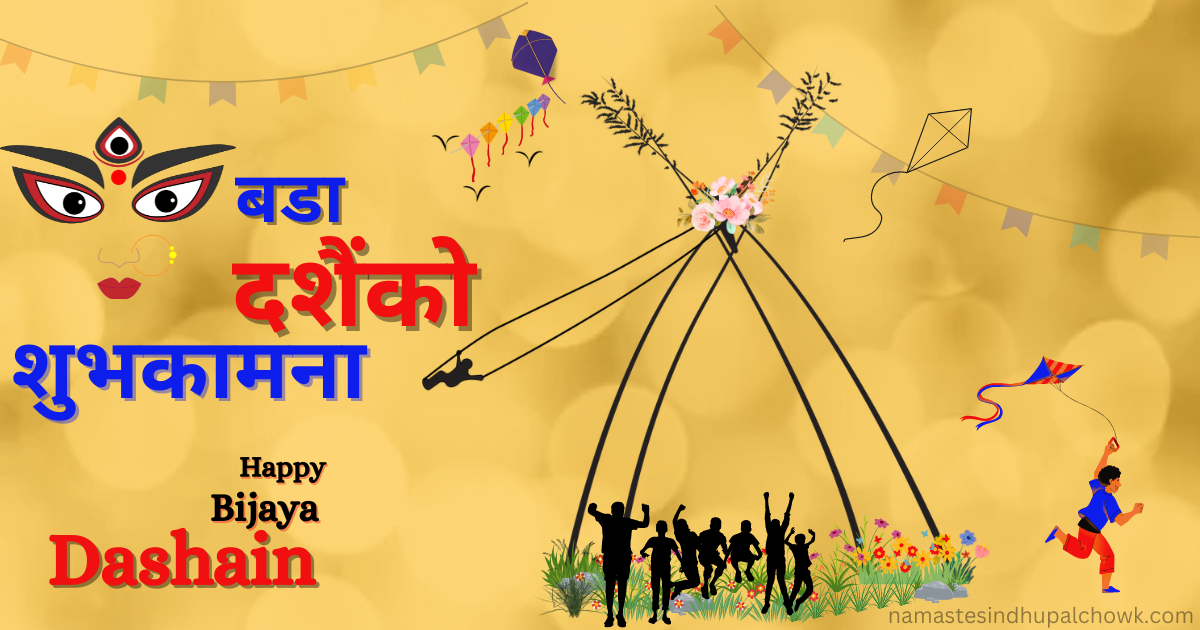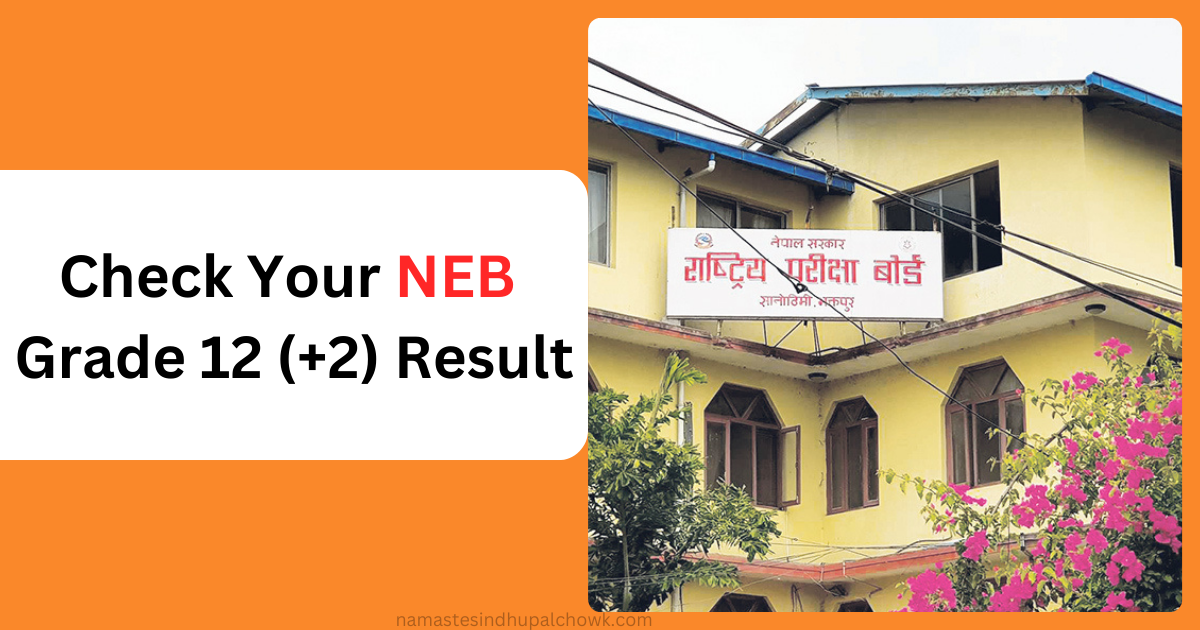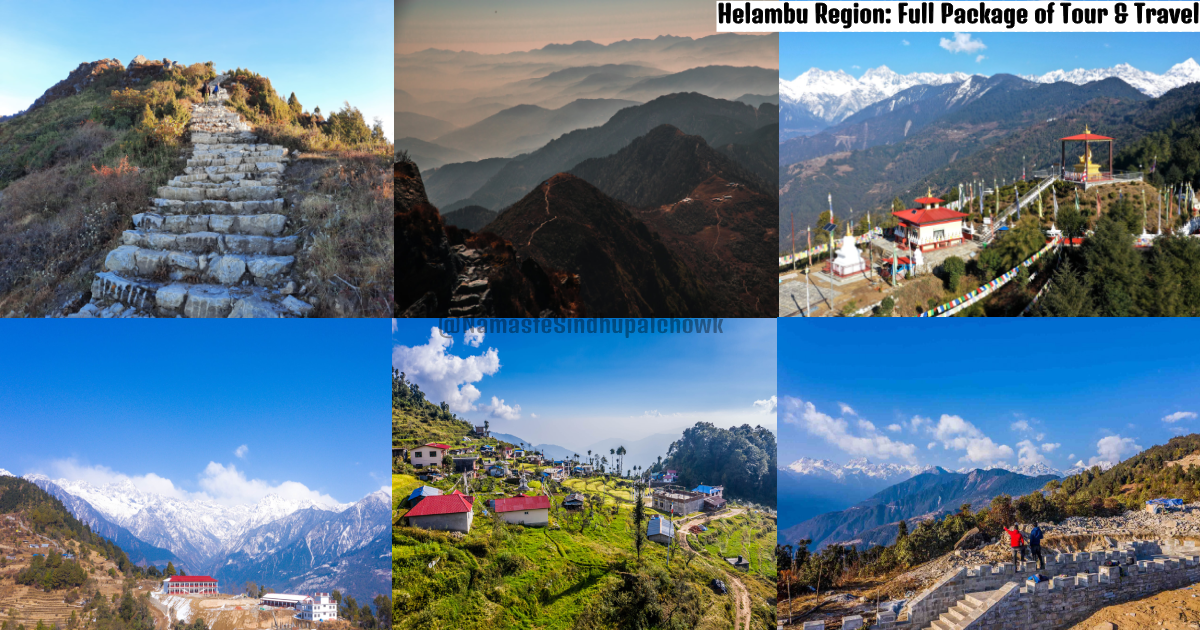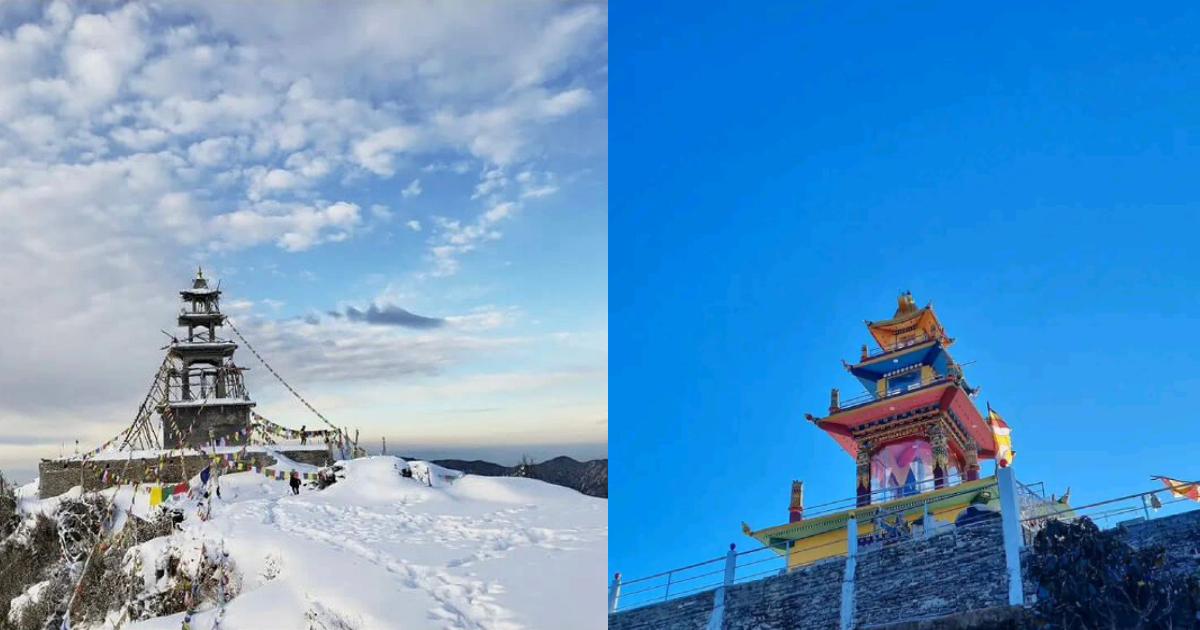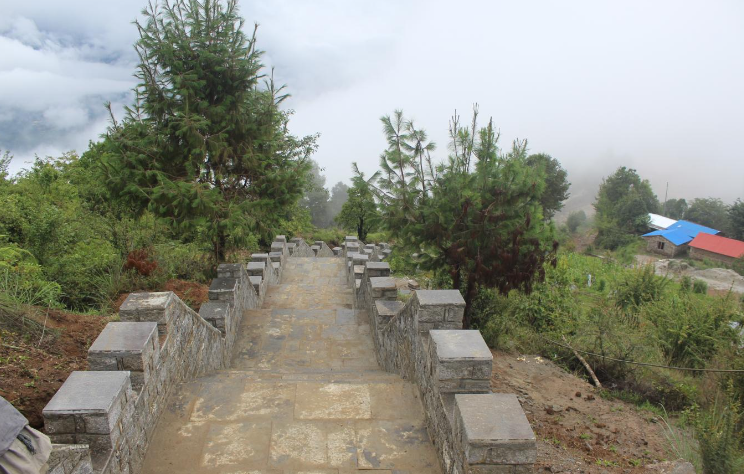Among the famous religious and tourist places of Sindhupalchok district, Palchoki Mai's temple is one. This temple is located in Helambu Rural Municipality Ward No-03 Palchok. Palchok is a historical and beautiful place associated with the naming of Sindhupalchok district. It is located in Palchok and is also known as Jay Bageshwari. This temple is among the oldest temples of Hindus. Devotees visiting the temple worship Palchoki Mai as a powerful God. Therefore, this temple is a centre of faith and belief.
Since Sindhupalchok is made up of "Sindhu" and "Palchok", there are sayings that Palchok is derived from this place. Locals say that Palchoki Mai temple has a special significance as it has been worshipped by kings and queens since time immemorial. It is believed to be a very old temple as there are legends from a long time ago. Lately, Palchok has become an evergreen destination for tourists after roads, transportation, and hotels have been opened to reach here.
Palchok is an important centre of attraction in the Helambu region. Apart from that, the area, natural environment, and originality are other centres of attraction for tourists. Jaya Bageshwari temple located in Palchok has its own historical parts. As it is a very important place from the religious and tourist point of view, the local body is working on the development and protection of Palchoki Mai temple.
Palchoki Mai can be taken as the centre of tourism in Helambu due to the development of trekking routes to various places from Helambu, a master plan for the development of Palchoki temple. This temple is located at an altitude of about 1750 meters above sea level. Devotees believe that coming to Palchoki Mai will fulfil their wishes. If the wish is fulfilled, the devotees come to the temple to pay their vows again.
The story of the origin of Palchoki Mai - Jay Bageshwari
There is a legend that during the first settlement of human settlements around the fifth century, when the forest was cleared and dug from the place where the temple is now, blood was flowing from one side and milk was flowing from there when digging the other side. Seeing that scene, the locals believed that God was sitting there. It is said that two rocks were also found in the same place.
Jageshwari lying on the right side and Bageshwari standing on the left side, hence the name of the temple came to be Jay Bageshwari. Similarly, a temple of Siddheshwar Mahadev is established in the place where the milk flowed, believing that Lord Shiva resides.

Special Day/ Fair
A huge fair is held in Palchoki Mai, especially during Dashain, Chaite Dashain, Janai Poornima and other festivals. Sacrifice is prohibited in the temple of Palchok Bhagwati on Ekadashi, Ram Navami, Mahashivratri, throughout the month of Shrawan, Shree Krishna Janma Ashtami and from Ghatasthapani to Ashtami of Dasain. Apart from the time of special days, the number of tourists going to Palchoki from different places is increasing every twelve months. A grand and big fair is held here, especially on the Navami day of Dashain. Visitors say that the ritual of worship here is different from other temples.
Things to do
- Special Worship
- Medication
- Explore Local Helambu culture, places
- Conversation with Local People to listen to the interesting story of Palchoki
Interesting Aspects
- Animal sacrifices are prohibited in the temple of Palchok Bhagwati from Ekdashi, Ramnavami, and Mahashivratri, throughout the month of Shrawan, Shree Krishna Janma Ashtami and from Ghatasthapana to Ashtami of Dasain.
- Juddha Shamsher's wife fell ill and brought her to Palchoki temple and after being cured by the local "Jhankri", Palchoki Mai came into the limelight.
- It is a popular belief that if every devotee wishes only one wish, that wish will be fulfilled
- In Palchoki Mai Temple, a person of the Giri caste used to be the priest
- Tamang, Giri and Khadka communities around the temple worship and protect Palchoki Mai regularly.
- Devotees who have faith in Palchoki Mai come from Kathmandu Valley, Nuwakot, Kavre, etc. to worship.
